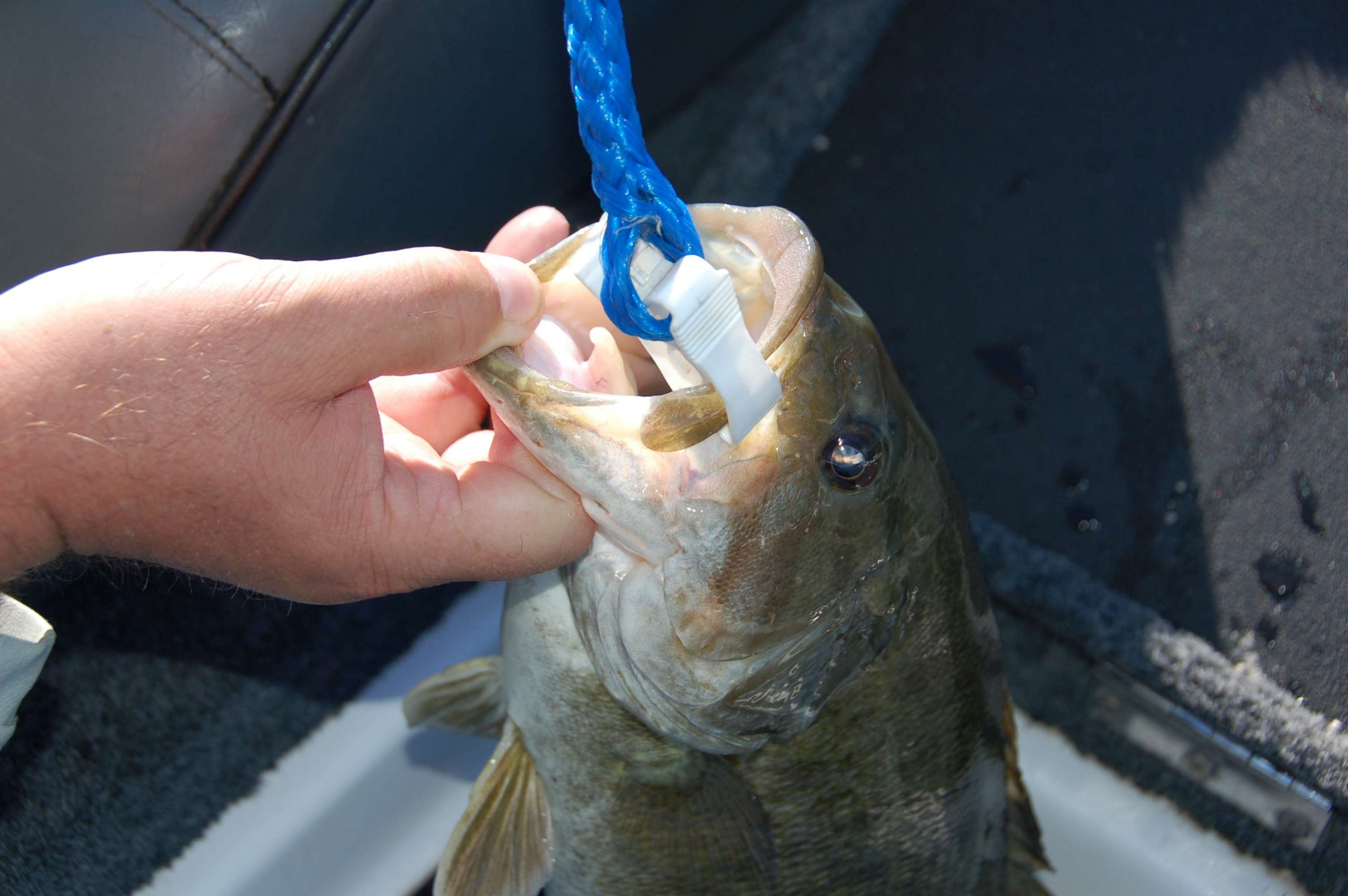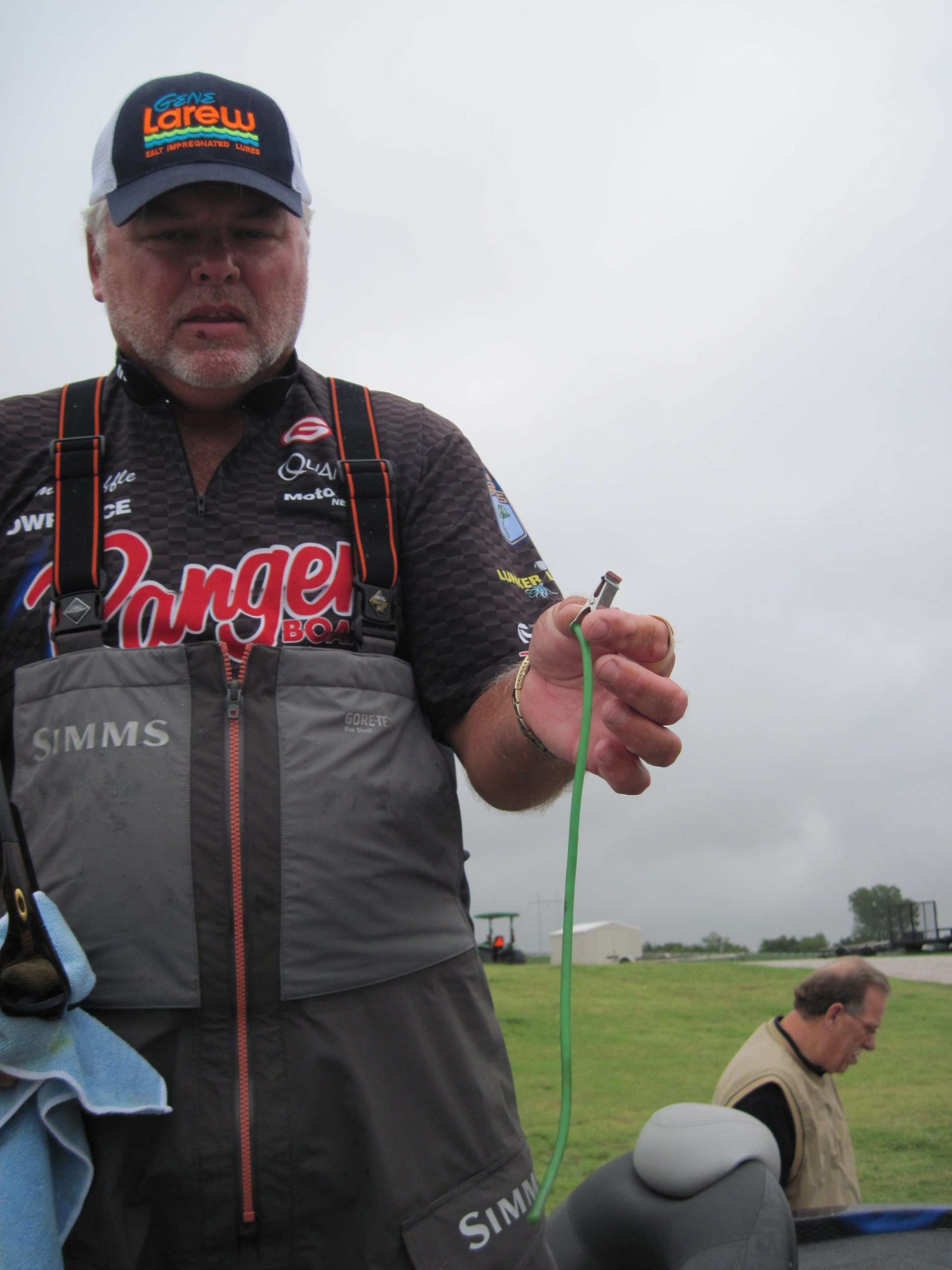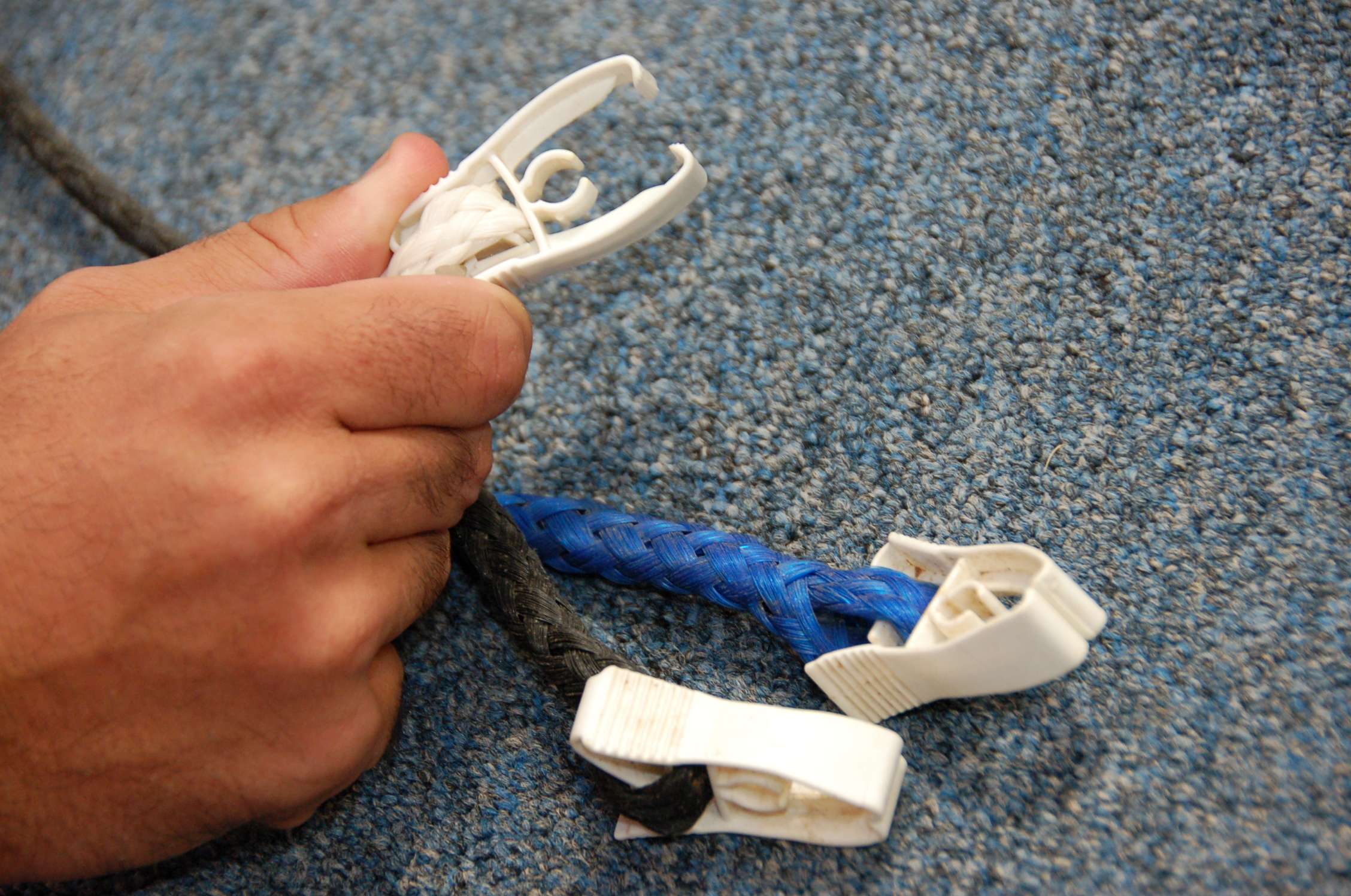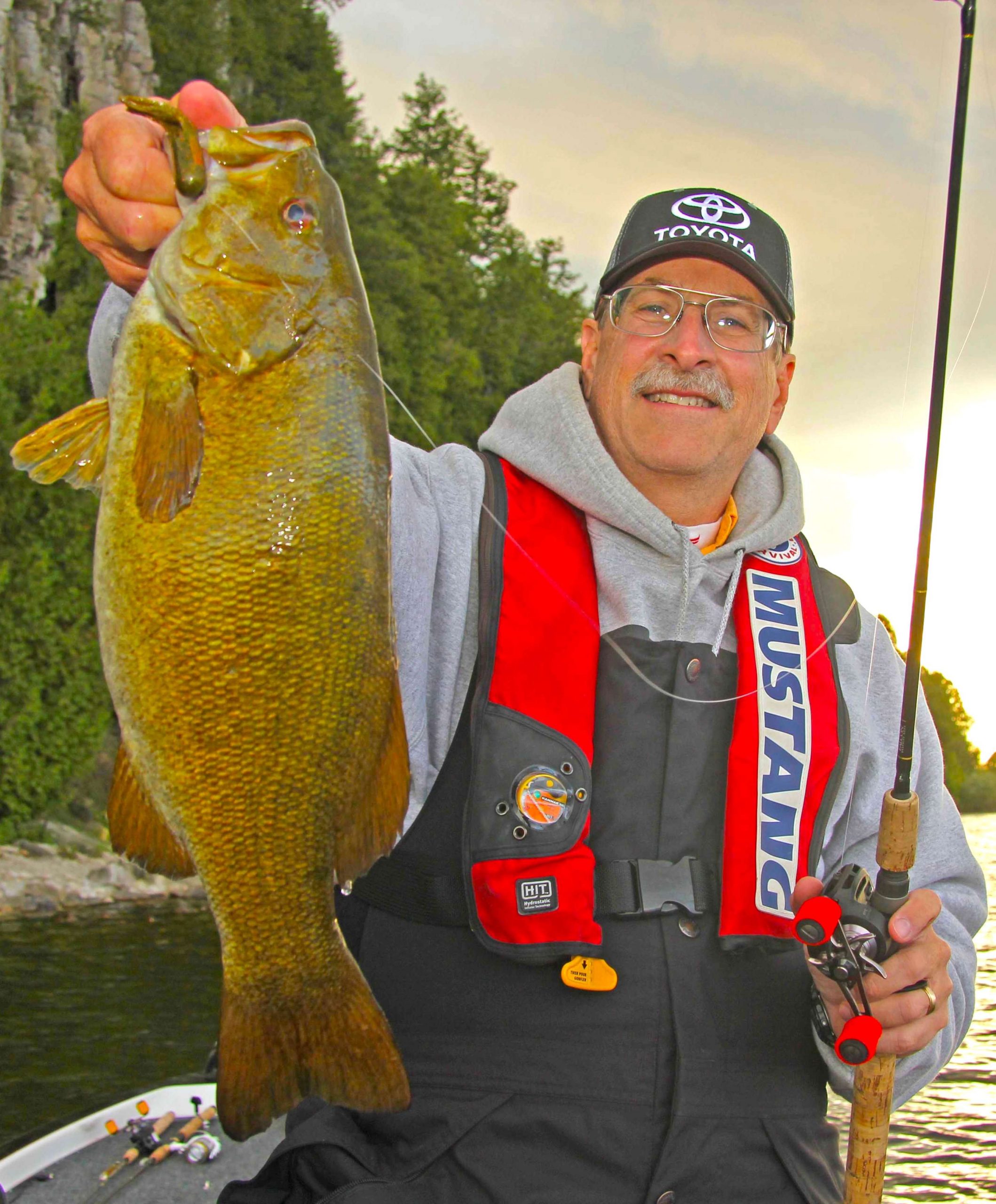
This week at the Bassmaster Elite on the Potomac River presented by Econo Lodge, many of our anglers will be trying something new when they start culling smaller fish to upgrade the weight of their catch. If they chose to use clips or tags to help identify their fish, or use a balance beam to compare fish weights, those devices cannot puncture the fish’s mouth, jaws or lips.
For many years, B.A.S.S. Conservation has recommended that anglers should voluntarily adopt the use of non-penetrating culling clips and other fish-friendly devices to assist with culling as part of a suite of practices to help minimize possible injury to the fish and maximize their chances for survival after release. This week on the Potomac, the use of non-penetrating culling devices will be a condition of the tournament permit issued to our anglers by Maryland’s Department of Natural Resources.

This situation came about when a number of Chesapeake Bay and Potomac River anglers expressed concern to MDNR over the number of fish they were catching that had holes or tears in their mouths. The state agency included the no-penetrating-culling-clip clause in the new rules that tournament organizations are required to follow if they wish to qualify for the waiver of new restrictive length and bags limits imposed on the Potomac and Chesapeake waters.
While B.A.S.S. tournament staff manning the Shimano Live Release boats have occasionally reported that bass weighed-in from waters with heavy tournament pressure sometimes show a higher percentage of culling injuries, we know that these fish have been caught for a second (or greater) time and are feeding…and surviving. To date there is no scientific information that shows penetrating culling clips or tags are having long-term negative effects on entire bass populations but B.A.S.S. has always supported doing what is best for the resource and as is the case this week in Maryland, works to comply with state and local regulations to achieve the highest survival of released fish possible.


